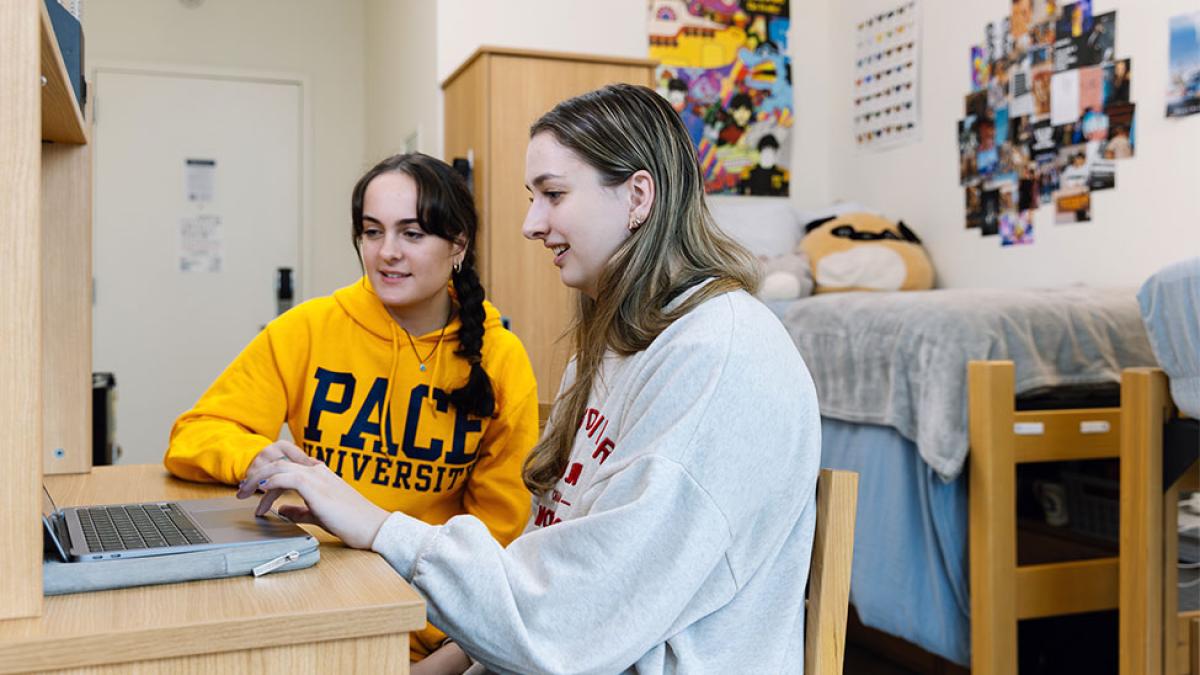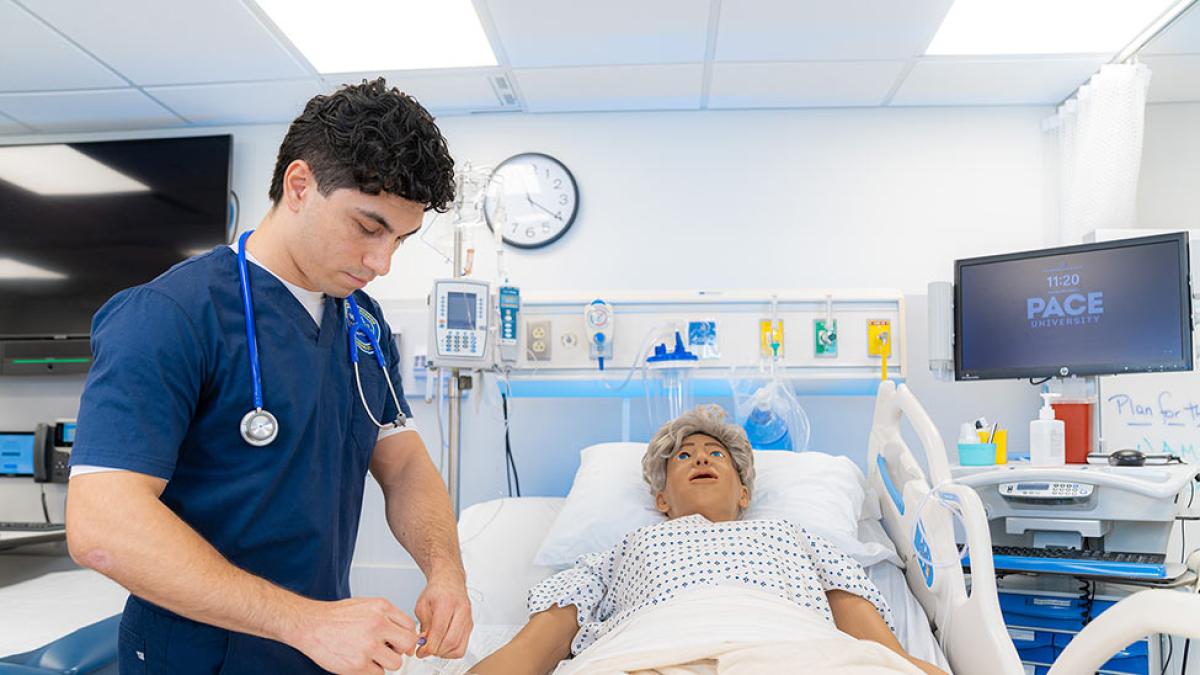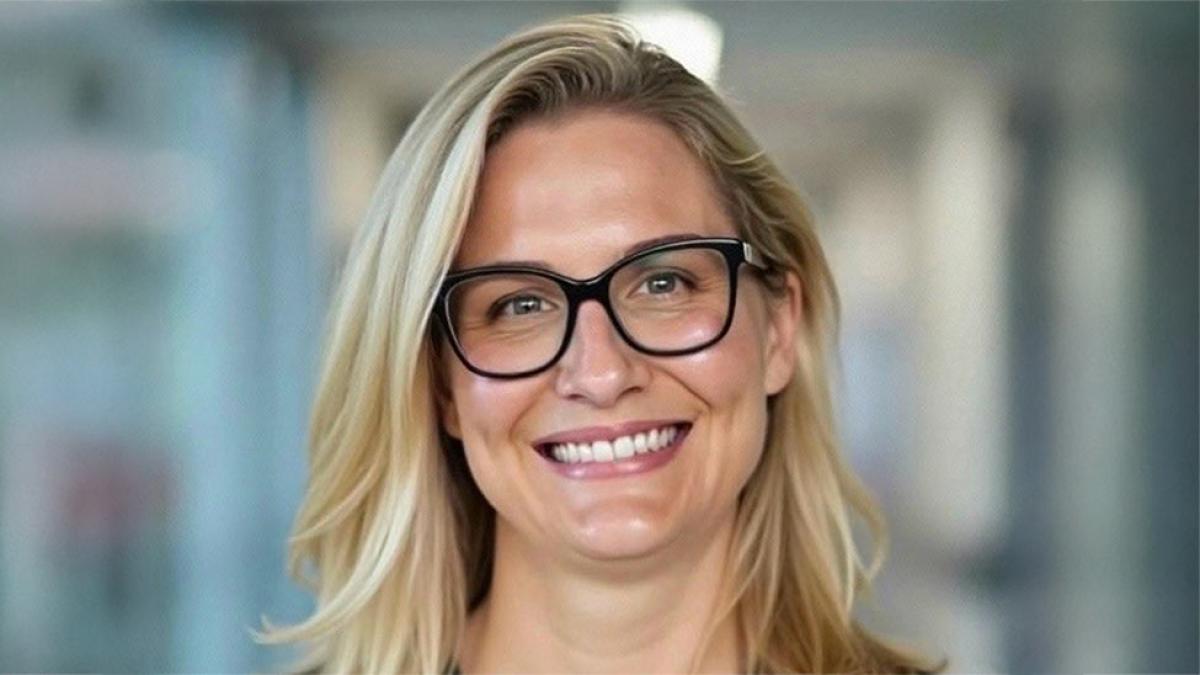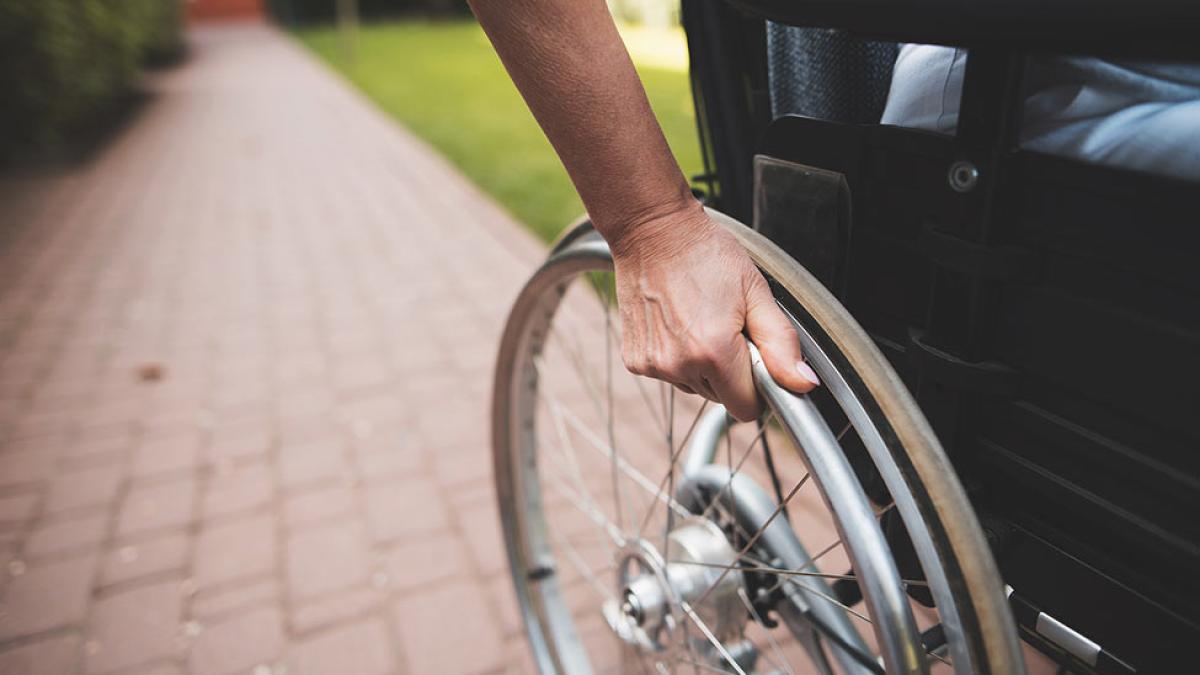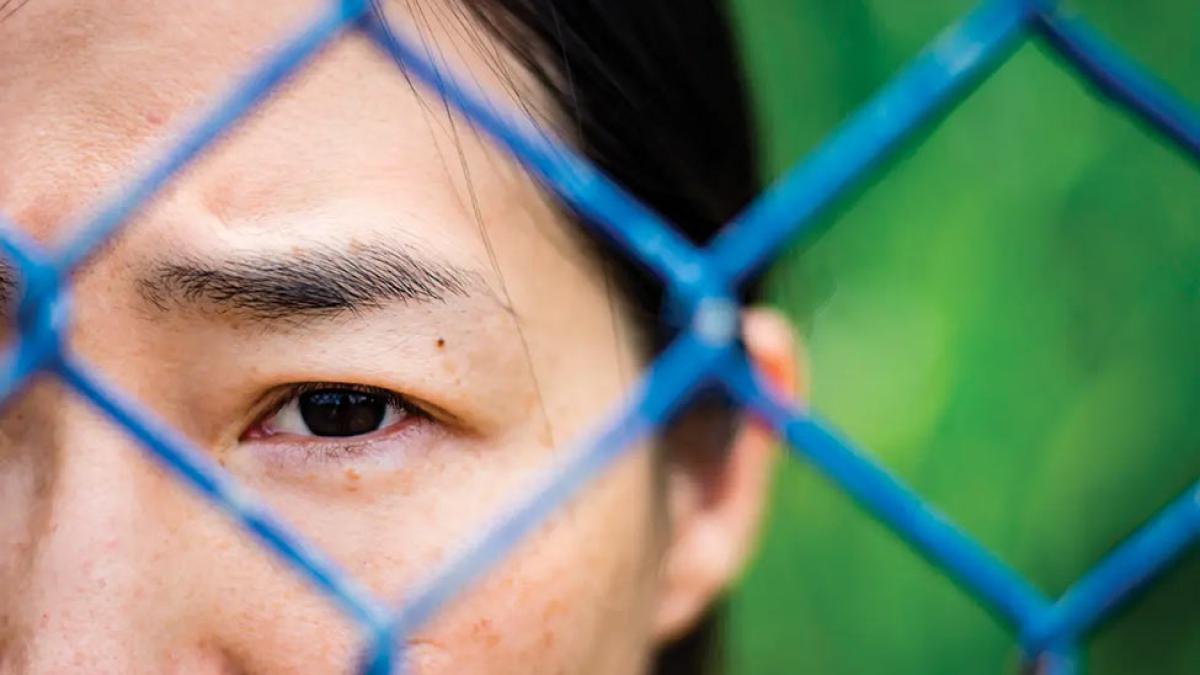College of Health Professions News
CHP Now
-
-
Press ReleaseOctober 1, 2025
-
In the Media
Latest News
CHP Professor Lu Shi provides expert insight to The Mirror US about recent claims connecting Tylenol to autism, explaining how such narratives fit into a broader historical pattern of blaming women for pregnancy complications. Professor Shi highlights the public-health implications of misinformation and its impact on maternal care.
The Oncology Nursing Society features CHP Professor Catherine Finlayson in a story on legislative advocacy in healthcare. Professor Finlayson discusses the growth of the chapter’s Advocacy Education Day and the importance of connecting nurses with lawmakers, patient advocates, and community organizations.
College of Health Professions Professor Michele Lucille Lopez writes a piece in Lohud examining how federal loan-limit changes threaten the graduate nursing pipeline. Professor Lopez explains that reclassifying advanced nursing programs as “non-professional” reduces borrowing limits, making graduate education less accessible and potentially worsening shortages of nurse practitioners and nurse educators.
Missed a deep dive? Catch up with past issues here.
College of Health Professions Professor Christen Cooper speaks to Today’s Dietitian, examining the overlooked intersection of human trafficking and nutrition. Cooper highlights how trafficking survivors often face extreme malnutrition, dehydration, and trauma-related health conditions — and calls for enhanced training to prepare registered dietitians to respond with informed, compassionate care.
Missed an issue of Pace Magazine? Catch up with past issues here.
Pace’s January Intersession lets you knock out up to four credits in just four weeks—most of it fully online and on your own schedule. Lighten your spring load, stay on track to graduate on time (or early, if you’re an overachiever), and even try something totally new. Cozy vibes and academic progress? Yes, please.
Questions about registration, financial aid, or student accounts? The Pop-Up Student Solutions Centers are your go-to resource as we head into the Spring 2026 semester. No appointments, no stress—just the answers you need to keep moving forward.
Discover health informatics careers, explore paths and salaries, and learn how Pace’s online MS in Health Informatics can launch your future.
Got an idea that could help the planet? Turn it into something big with Project Planet 2025–2026. You could win $6,000 and help make the world cleaner, safer, and more sustainable. Five winners will be chosen, so start brainstorming and get your entry in by December 31.

